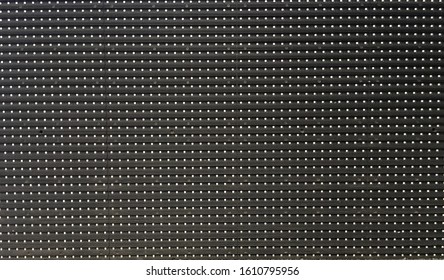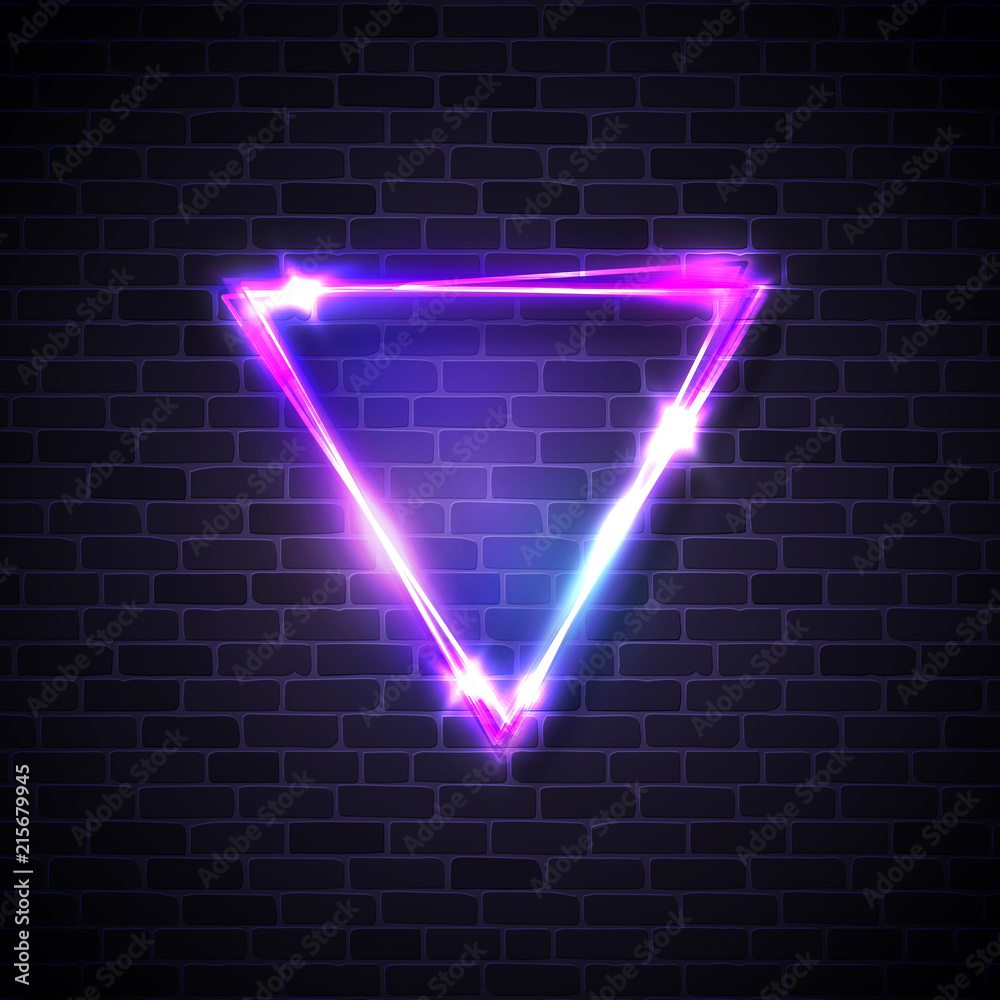Using Lighting and Texture to Enhance Signage Design
Step into a world where signs come alive, captivating your attention with their brilliance and tactility. Imagine walking down a busy street, surrounded by signs that not only convey information but also engage your senses. Lighting and texture, when skillfully incorporated into signage design, have the power to transform a mundane experience into an extraordinary one. But how exactly can these elements be utilized to enhance signage design? Let’s explore the fascinating world of lighting and texture and discover the endless possibilities that lie within.
Importance of Lighting in Signage Design
Lighting plays a crucial role in signage design, enhancing visibility and attracting attention. When it comes to designing effective signage, it is essential to consider the impact of lighting on its overall effectiveness. Properly lit signs can make a significant difference in how easily they are noticed and understood by passersby.
One of the primary benefits of lighting in signage design is improved visibility. By illuminating the sign, you ensure that it can be seen clearly, even from a distance or in low light conditions. This is especially important for outdoor signage, where visibility may be affected by factors such as weather conditions or surrounding brightness. With the right lighting, your sign can stand out and capture attention, effectively communicating your message to a wider audience.
In addition to enhancing visibility, lighting also helps to attract attention to your signage. A well-lit sign is more likely to catch the eye of potential customers and draw them towards your business or event. By using lighting strategically, you can create a focal point that stands out from its surroundings, making it more compelling and enticing for viewers.
Techniques for Incorporating Lighting in Signage
To effectively incorporate lighting in signage, consider employing various techniques that complement its design and enhance its overall impact. Here are three techniques that you can use to make your signage shine:
1. Backlighting: By placing lights behind your signage, you can create a stunning effect that makes your message stand out. This technique works particularly well for translucent or transparent materials, as the light can illuminate the entire surface evenly. It adds depth and dimension to your signage, making it more visually appealing and attention-grabbing.
2. Halo lighting: This technique involves placing lights around the edges of your signage, creating a halo effect. The light is directed outward, illuminating the surrounding area and creating a soft glow around the signage. Halo lighting is an elegant and subtle way to draw attention to your signage, making it visible even in low-light conditions.

3. Spotlights: If you want to highlight specific elements or areas of your signage, spotlights are a great option. By directing focused beams of light onto certain parts of your signage, you can create a dramatic effect and emphasize important information. Spotlights are particularly effective for large or complex signage, as they allow you to control where the viewer’s attention is directed.
Enhancing Signage Design With Texture
Consider incorporating texture into your signage design to add depth and visual interest. Texture can be a powerful tool in creating memorable and impactful signage. By adding texture, you can enhance the overall look and feel of your design, making it more engaging and visually appealing to your audience.
There are various ways to incorporate texture into your signage design. One option is to use materials with different textures, such as wood, metal, or fabric. These materials can add a tactile element to your signage, inviting people to touch and interact with it. Another option is to use techniques like embossing or debossing to create raised or recessed textures on the surface of your signage. These techniques can add a three-dimensional quality to your design, making it stand out and grab attention.
When incorporating texture into your signage design, it’s important to consider its purpose and the message you want to convey. The texture should align with your brand image and the overall aesthetic of your signage. It should also complement the other design elements, such as colors, fonts, and graphics, to create a cohesive and visually pleasing composition.
Creative Ways to Use Texture in Signage
Incorporating texture into your signage design opens up a world of creative possibilities, allowing you to captivate your audience in unique and engaging ways. Texture adds depth and visual interest to your signage, making it stand out and grab attention. Here are three creative ways you can use texture in your signage:
1. Embossed or engraved surfaces: Adding texture through embossing or engraving creates a tactile element that entices people to touch your signage. This can be particularly effective for signage that needs to convey a sense of luxury or exclusivity, such as high-end retail stores or upscale restaurants.
2. Printed textures: Instead of using plain, flat colors, consider incorporating printed textures into your signage. This could be anything from a wood grain pattern to a faux brick texture. Printed textures add a sense of authenticity and can help create a specific mood or atmosphere.
3. Mixed materials: Experiment with combining different materials to create texture in your signage. For example, you could use a metal frame with a fabric or leather insert, or incorporate textured glass elements. Mixing materials not only adds visual interest but also creates a tactile experience that draws people in.
Examples of Successful Signage Designs Using Lighting and Texture
Enhancing your signage design with lighting and texture can elevate its impact and create a visually striking display. By incorporating these elements effectively, you can capture attention, convey information, and leave a lasting impression on your audience. Let’s explore some examples of successful signage designs that have utilized lighting and texture to their advantage.
One example is the use of illuminated letters on a storefront sign. By backlighting the letters, the signage becomes more eye-catching and stands out from the surrounding environment. This technique is especially effective at night or in low-light conditions, ensuring that your message is visible and memorable.
Another example is the use of textured materials on a sign. Adding texture to your signage can create a tactile experience for viewers, making your message more engaging and memorable. For instance, a sign made of brushed metal or wood with a raised, embossed design can evoke a sense of quality and craftsmanship.
Furthermore, the strategic use of lighting can enhance the overall impact of your signage. For instance, using spotlights to highlight specific areas of your sign can draw attention to important information or create a dynamic visual effect. Additionally, incorporating LED lighting can create a vibrant and energy-efficient display that grabs attention even from a distance.
Frequently Asked Questions
What Types of Lighting Fixtures Are Commonly Used in Signage Design?
When it comes to signage design, there are various types of lighting fixtures commonly used. These fixtures play a crucial role in enhancing the visibility and impact of the signage. From LED lights to fluorescent tubes, there is a wide range of options available. Each type of fixture has its own unique qualities, such as brightness, color temperature, and energy efficiency. By choosing the appropriate lighting fixture, you can effectively highlight your signage and make it stand out to your audience.
How Does Lighting Affect the Visibility and Legibility of Signage?
Lighting plays a crucial role in enhancing the visibility and legibility of signage. By using the right lighting fixtures, you can ensure that your signs are easily seen and readable, even from a distance. Proper lighting helps to eliminate shadows and glare, making the text or graphics on the signage stand out clearly. It also creates a more inviting and attention-grabbing atmosphere, attracting more people to your signage. Overall, lighting greatly impacts how effectively your signage communicates its message to the audience.
Are There Any Specific Regulations or Guidelines Regarding the Use of Lighting in Signage Design?
There are specific regulations and guidelines for the use of lighting in signage design. These regulations ensure that signage is visible and legible to the public. Lighting should be used in a way that enhances the visibility of the signage, without causing any glare or discomfort to viewers. Additionally, there may be regulations regarding the intensity and color temperature of the lighting used in signage design. Following these guidelines can help create effective and visually appealing signage.
Can Texture Be Used to Enhance the Tactile Experience of Signage?
Texture can indeed be used to enhance the tactile experience of signage. By incorporating different textures, such as raised lettering or embossed designs, signage can provide a more engaging and interactive experience for individuals. Texture not only adds visual interest but also allows for a more accessible and inclusive design. It can help individuals with visual impairments navigate and understand the information presented on the signage. Overall, texture is a valuable tool in enhancing the overall effectiveness and user experience of signage.
What Are Some Innovative Ways to Combine Lighting and Texture in Signage Design?
Innovative ways to combine lighting and texture in signage design include using backlit panels to create a visually striking effect, incorporating textured materials like wood or metal to add depth and interest, and utilizing spotlights or directional lighting to highlight specific areas or elements. By combining these two elements, you can create signage that not only catches the eye but also engages the senses, enhancing the overall impact and effectiveness of your design.
Conclusion
In conclusion, incorporating lighting and texture in signage design can greatly enhance its overall impact. By utilizing techniques such as backlighting and spotlighting, signage becomes more visible and attention-grabbing. Additionally, the use of texture adds depth and visual interest to the design, making it more engaging for viewers. Successful exampl find more es of signage designs that effectively utilize lighting and texture prove the power of these elements in creating memorable and impactful signage.

Welcome to my website! My name is Caleb Mayne, and I am a professional Advertising Specialist with a passion for creating impactful and visually stunning designs. With years of experience in the industry, I have developed a deep understanding of the ever-evolving world of advertising and graphic solutions.

